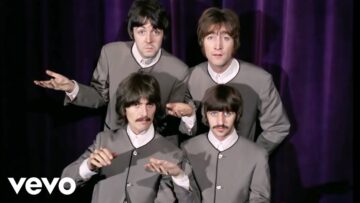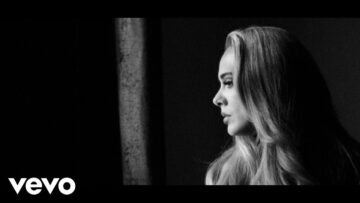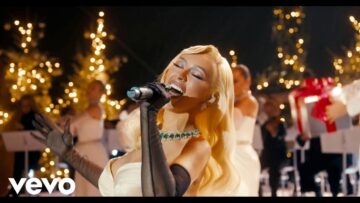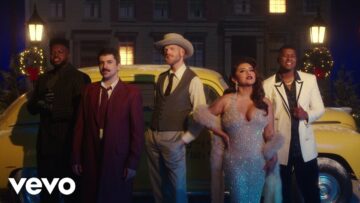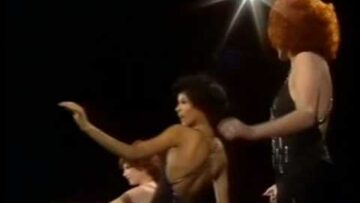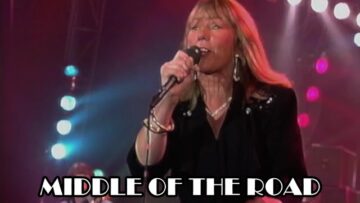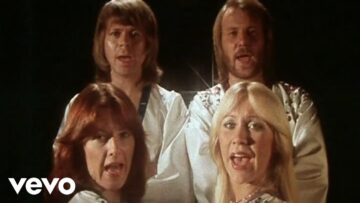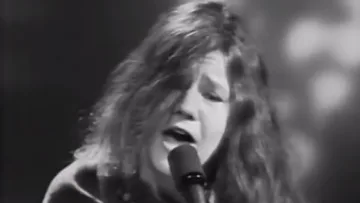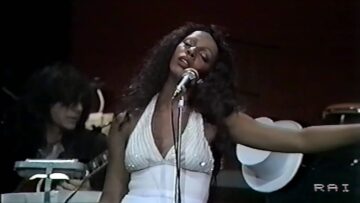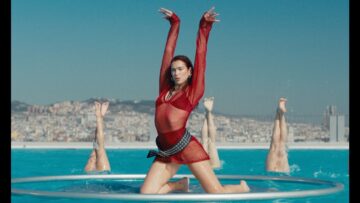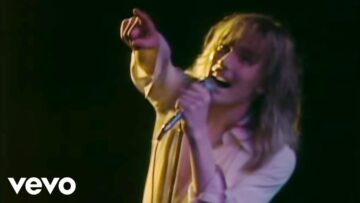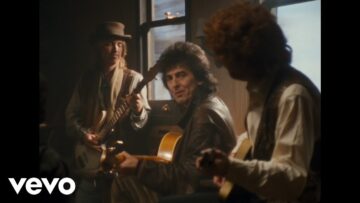The Beatles – Hello, Goodbye
Black, White, Yes, No, And The Harmonium That Started Everything
Released on November 24, 1967 in the UK and November 27 in the US, “Hello, Goodbye” topped the charts in both countries, spending seven weeks at number one in Britain and three weeks atop the Billboard Hot 100. The single became The Beatles’ fourth Christmas number one in five years and their fifteenth American chart topper. Within a day of release, UK sales had already exceeded 300,000 copies. The song was certified gold by the RIAA on December 15, 1967, and later ranked as the band’s seventh biggest US chart hit. For their first release after Brian Epstein’s death, this straightforward pop song represented a sharp turn away from the psychedelic experimentation of Sgt. Pepper, though that choice created deep friction within the band.
The single was backed by John Lennon’s “I Am the Walrus,” which beat the A-side only in Belgium. Lennon lobbied hard for his song to be the A-side, and when Paul McCartney and George Martin chose otherwise, Lennon began what he later called his submergence. He dismissed the song as three minutes of contradictions and meaningless juxtapositions, calling it an attempt to write a single that smelled like McCartney from a mile away. The promotional film created complications nobody anticipated. Three versions were shot at the Saville Theatre on November 10, featuring The Beatles in their Sgt. Pepper uniforms. One clip aired on The Ed Sullivan Show on November 26, 1967, with Neil Aspinall personally couriering the videotape to New York. But the Musicians Union’s strict ban on miming prevented any version from being shown on British television at the time.
The song originated in McCartney’s dining room in St. John’s Wood when Alistair Taylor, Brian Epstein’s assistant, asked how he wrote songs. McCartney sat down at his hand-carved harmonium and proposed a game. He would play and sing words, and Taylor would shout the opposite. Black, white. Yes, no. Good, bad. Hello, goodbye. Taylor later remembered they started throwing swear words into the mix, laughing so hard Taylor slid off the bench. The entire demonstration lasted about five minutes. Weeks later, Taylor was working in his office when McCartney walked in, tossed a record on the desk, and said goodbye. Taylor picked up the single and saw the writing credit listed as Lennon-McCartney. He pointed to the credit and asked about it. McCartney just shrugged.
Producer George Martin recorded the track at Abbey Road Studios across five separate sessions between October 2 and November 2, 1967. Engineers Ken Scott and Geoff Emerick captured the basic track on October 2, with McCartney on piano, Lennon on Hammond organ, George Harrison on maracas, and Ringo Starr on drums. The band ad-libbed a coda during recording that Lennon surprisingly praised as the best bit, though it was the only part of the song he liked. Kenneth Essex and Leo Birnbaum added viola parts that George Martin later tried to remove from a special mix, hoping to avoid the Musicians Union ban. The attempt failed because everyone could still see The Beatles were miming. On November 23, the day before UK release, Top of the Pops showed a sequence from A Hard Day’s Night with the audio instead, a bizarre decision that did nothing to hurt sales.
The song appeared on the expanded US release of the Magical Mystery Tour soundtrack, though it was recorded during the final days of filming that television special. McCartney had initiated the project to focus the group after Epstein’s death that August. The Saville Theatre where they filmed the promotional videos was still leased by NEMS Enterprises despite Epstein’s passing. He had staged Sunday concerts there, including Jimi Hendrix on June 4, 1967. Both McCartney and Harrison attended that show and heard Hendrix perform his version of the Sgt. Pepper title track. By December 1967, the BBC created a fourth version combining footage of The Beatles editing Magical Mystery Tour with other material, broadcast when the single reached number one.
The track has been covered by James Last, Bud Shank, Allen Toussaint, The Cure, and the cast of Glee. McCartney began performing it regularly in concert during his Driving World Tour in 2002, and it remains a setlist staple. The 16th take appeared on The Beatles Anthology 2 in 1996. Critics at the time were divided, with The New York Times calling it interesting but subordinate, while Melody Maker found all the Beatles soul and feeling shining through. New Musical Express declared it supremely commercial and the answer to those who felt The Beatles were going too way out. Billboard later ranked it among their biggest chart successes.
Sometimes the simplest things create the deepest rifts. A five-minute harmonium game between McCartney and an assistant became the song that made Lennon feel he was disappearing. The promotional film Americans saw on Ed Sullivan was banned in Britain because the musicians weren’t actually playing. A straightforward pop single about duality topped charts worldwide while its psychedelic B-side languished everywhere except Belgium. And through it all, McCartney kept advocating the positive side, saying hello when everyone else said goodbye, insisting you could have black and white, yes and no, stop and go, all at once. The band was fracturing, Epstein was gone, and nothing would ever be simple again. But for seven weeks in Britain and three in America, this song about opposites coexisting somehow held everything together, even as it was pulling apart.

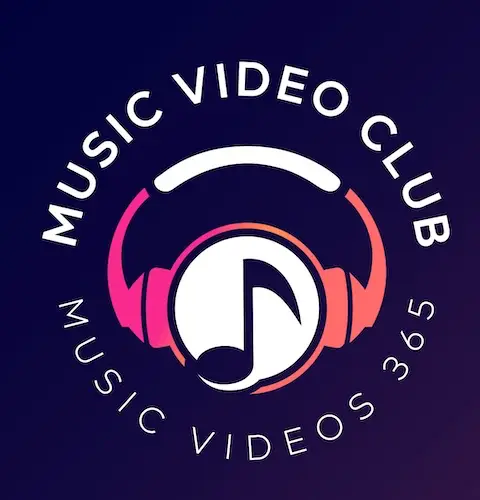

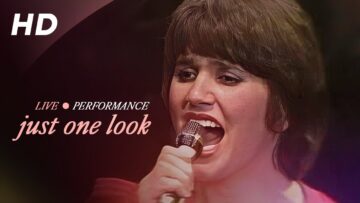
![Eddie Rabbit – I Love A Rainy Night – [Solid Gold Show]](https://musicvideosclub.com/wp-content/uploads/2025/11/eddie-rabbit-i-love-a-rainy-nigh-360x203.jpg)
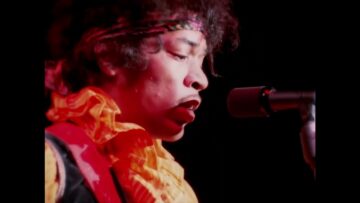

![The Score – Revolution: Lyrics [Assassins Creed: Unity]](https://musicvideosclub.com/wp-content/uploads/2025/10/the-score-revolution-lyrics-assa-360x203.jpg)


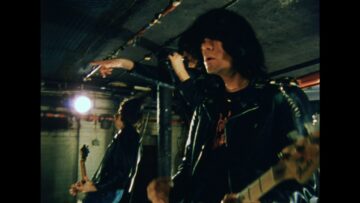







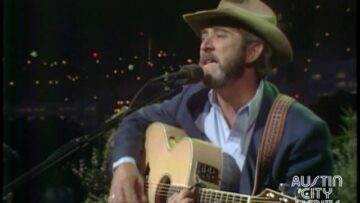
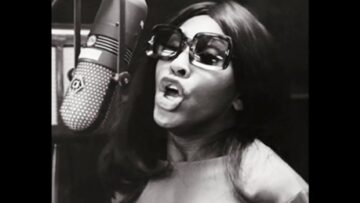

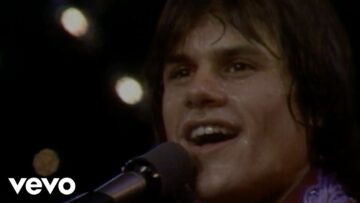
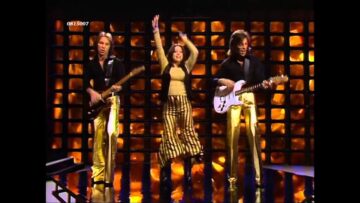


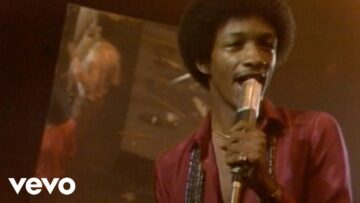

![Sister Sledge – Hes the Greatest Dancer (Official Music Video) [4K]](https://musicvideosclub.com/wp-content/uploads/2025/09/sister-sledge-hes-the-greatest-d-360x203.jpg)
